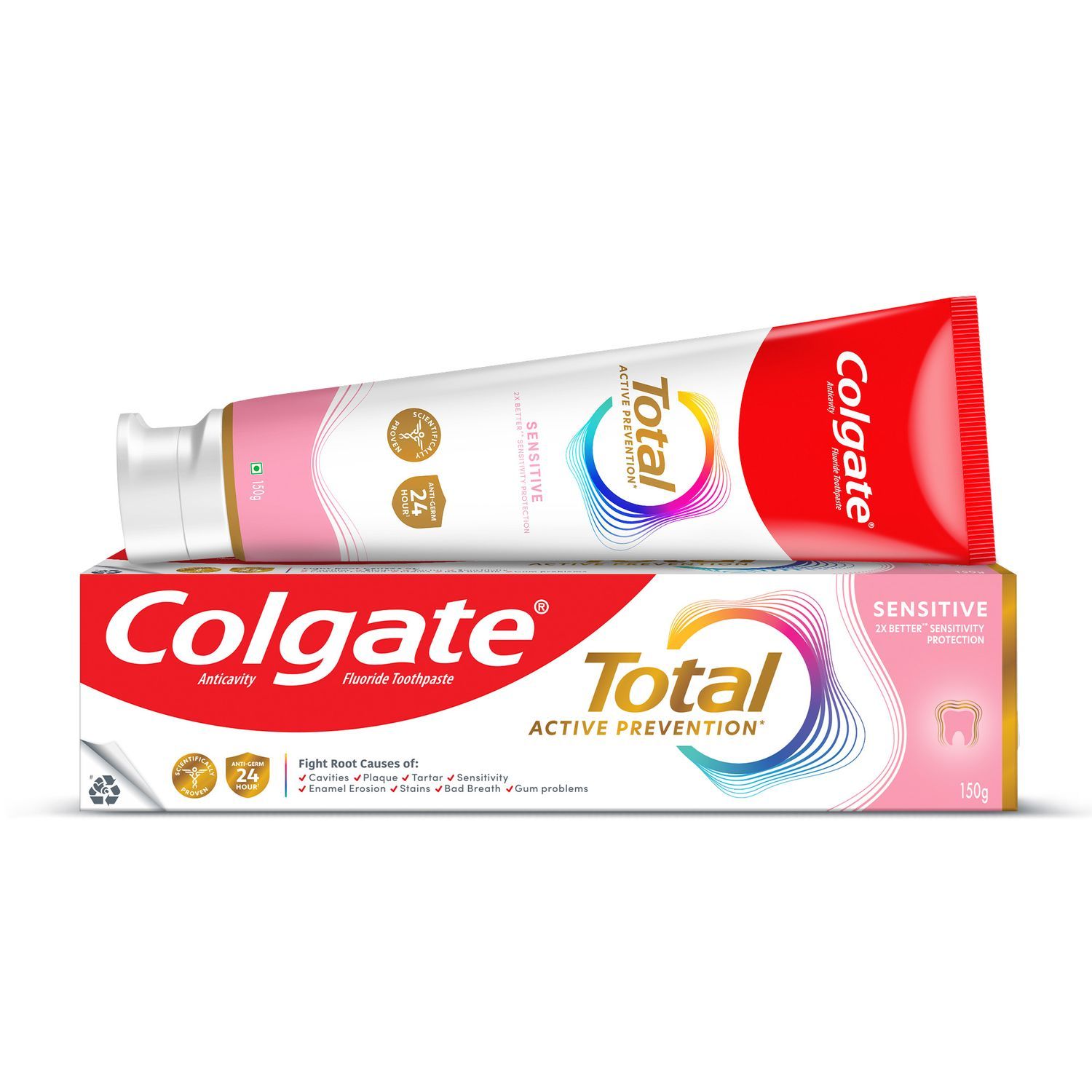Types of Eating Disorders
According to the National Institute of Mental Health, eating disorders include anorexia nervosa, bulimia and binge eating. All three of these disorders will have negative effects on the mouth. People who have anorexia have a fear of gaining weight or being fat, even when they are severely underweight. They will limit their intake of food, excessively exercise and, after eating, may feel compelled to cause themselves to vomit, use laxatives, enemas or diuretics to rid their body of excess weight.
Bulimia is described as excessive overeating several times a week or, in the most severe cases, several times a day. This uncontrollable urge will cause unhealthy eating of sweet and fatty foods and is also followed by purging that includes self-induced vomiting and diuretic, laxative and enema use. Studies have shown that 89 percent of bulimics show signs of mouth and teeth damage.
Binge eaters have previously been classified as food addicts. They will overeat over short periods of time and cannot control these urges; they are different from bulimics in that they typically do not use purging techniques to rid their bodies of the excess weight they incur. Instead, they will feel extreme guilt and remorse that causes them to continue the behavior. Binge eating has been identified as equally prevalent in women and men.
How Do Eating Disorders Affect Your Mouth and Body?
All of these eating disorders will have negative effects on the body. The deficiency of vitamins, minerals and nutrients associated with these disorders can cause the body to shut down and fail to function properly. Potential health issues include:
- Weight loss.
- Hair loss.
- Lower body temperature.
- Constipation.
- Irregular or absent menstrual cycles in women.
- Heart problems, kidney failure and possible death.
The negative effects of vitamin and nutrient deficiencies will also be reflected in the mouth. Furthermore, for those who purge by vomiting, stomach acids will cause damage to the teeth. The telltale oral signs of eating disorders include:
- Dry mouth and enlarged salivary glands.
- Cracked, dry lips and mouth sores.
- Teeth erosion.
- Cold and hot sensitivity in teeth.
Recommended Treatment for the Mouth
People suffering from eating disorders often seek care from their dentist because of problems they notice with their mouth and teeth. A dentist or dental hygienist is trained to identify the oral signs of a serious eating disorder. They will counsel the patient on oral and bodily damage and recommend treatment by a mental health professional. Meanwhile, they will help alleviate the mouth and teeth problems from which the patient is suffering. For example, those who purge by vomiting are cautioned not to brush immediately after since this will enhance the damaging effects of the stomach acids on the teeth. Instead, waiting about a half hour to brush and using a neutral paste such as baking soda are recommended.
Preventive and restorative work can include:
- Instruction in proper oral hygiene.
- Fluoride treatment plans, based on the individual./li>
- Dry mouth remedies.
- Sensitivity treatment by restoring teeth with severe enamel loss.
- Frequent preventive dental visits to monitor progress.
The manner in which eating disorders affect your mouth is secondary to the damage that will occur to the body. Seeking help from a mental health specialist, however, is often difficult because of the shame and guilt associated with these disorders. Patients who seek treatment from a dentist for tooth damage and sensitivity will be assessed not only for mouth and teeth issues but for problems with their overall well-being. This may be the first crucial step toward getting help.
About the Author: Donna Rounsaville, RDH, BS, has been a dental hygienist in private practice for 31 years. Her experience in the prevention of dental problems and the importance of healthy eating, she has educated children in local schools in her hometown of Flemington, New Jersey. Donna is also passionate about infection control and office safety for dental workers, providing yearly training to her office colleagues. Active with the Girl Scouts as a leader and with children's liturgy at her church, Donna uses her communication and leadership skills to motivate young people in her community. She has been a writer for Colgate since 2013.
This article is intended to promote understanding of and knowledge about general oral health topics. It is not intended to be a substitute for professional advice, diagnosis or treatment. Always seek the advice of your dentist or other qualified healthcare provider with any questions you may have regarding a medical condition or treatment.
ORAL HEALTH QUIZ
What's behind your smile?
Take our Oral Health assessment to get the most from your oral care routine
ORAL HEALTH QUIZ
What's behind your smile?
Take our Oral Health assessment to get the most from your oral care routine













